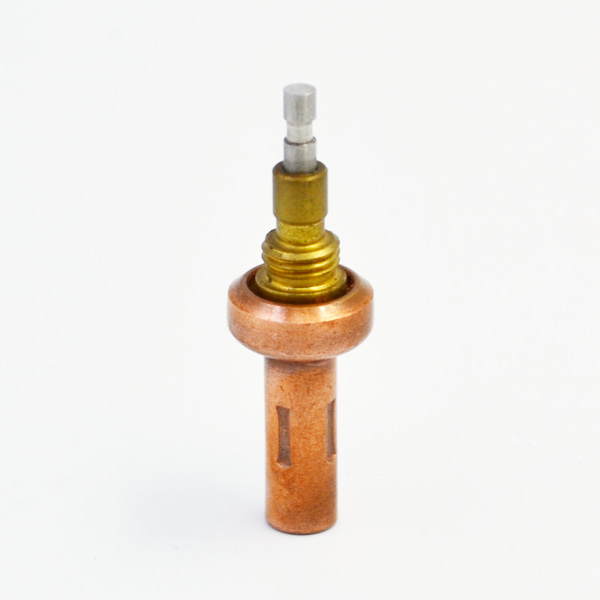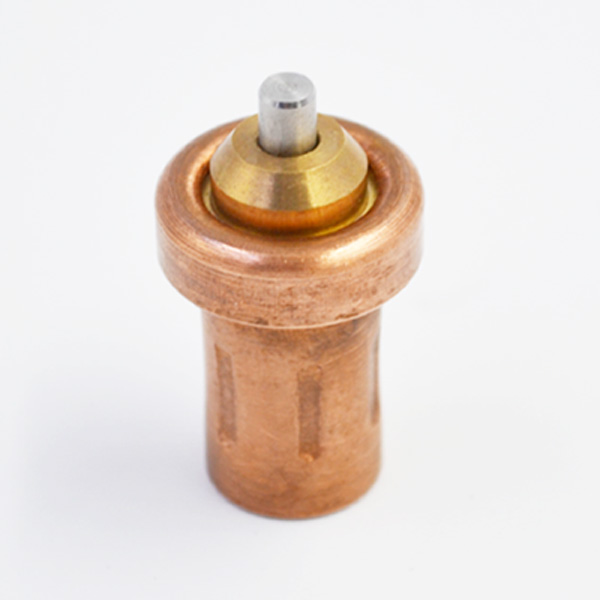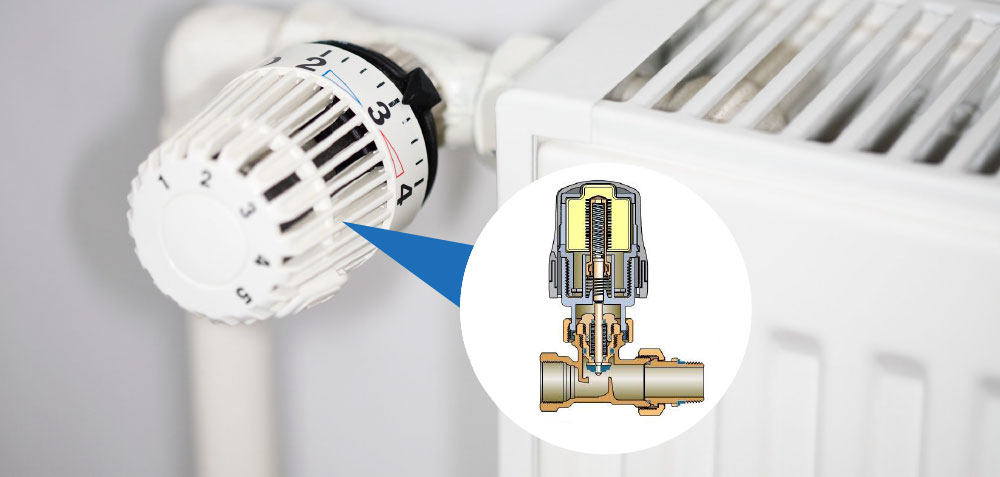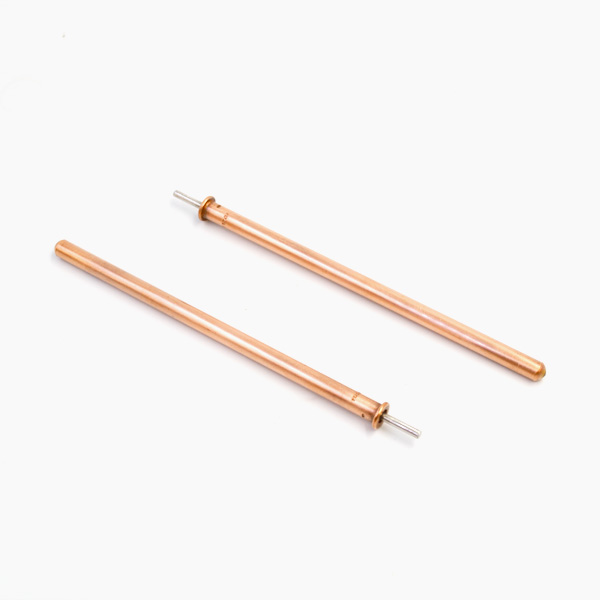Starting from the DC motor speed regulation method, this paper designs the digital DC motor speed regulation system model structure. Using MATLAB as a tool, according to the requirements of digital controller design, the model identification of the controlled object, namely DC motor, is carried out.
The RST controller is designed for DC motor based on the established model, and the Simulink model is established to evaluate the performance of the controller, and to verify whether the closed-loop system meets the proposed robust margin. The simulation design of DC motor speed control system using RST digital controller is realized. The realization of digital control of DC motor speed regulation system is an important research direction in the global power electronics industry. In view of the good control performance of microprocessor and its breakthrough development in the control system of application field, it is of great practical significance and application value to use microprocessor to control DC motor speed regulation. Using microprocessor to control, the structure of the whole control system is simpler, and the speed regulation performance has been greatly improved, so it has a high cost performance ratio. At present, the production level of digital DC speed control in China is still in an immature stage. There is no manufacturer of full digital DC speed control device. It needs to rely on importing foreign equipment, which greatly increases investment costs and affects economic benefits. Therefore, the research on digital control of DC motor speed regulation system has far-reaching significance in China. One of the methods widely used in speed control of DC motor is PID control. However, DC motor has parameter uncertainties and is prone to disturbance. When using traditional PID control, its dynamic performance is limited. To solve the problem that the motor is sensitive to external load disturbance and parameter change, researchers began to use RST controller in motor speed regulation. M.
Larbi [2] In order to optimize the speed control of permanent magnet synchronous motor (PMSM), a RST experimental method with vector PWM (pulse width modulation) inverters is used, and a control strategy associated with load observer is proposed. The experimental results show that the system can better control the motor operation, while ensuring good robustness and sensitivity in a certain range. The block diagram of the digital control system for DC motor speed is shown in Figure 1. In this system, the DC motor controller calculates and generates the corresponding control signal U (t) and inputs the power amplifier to output the voltage that can drive the DC motor to run at the target speed. The tachometer is used to measure the rotational speed of the DC motor, thermostatic element and the output speed y (t) of the system is obtained by smoothing the measured data through a filter.
At the same time, it acts as the feedback of the DC motor controller and participates in the speed control of the motor. In order to obtain the model of DC motor, this paper adopts the method of system identification [3]. Based on 256 sets of PRBS pseudo-random sequence control signals from loan. D. landau, the input u (t) and the output y (t) of the motor speed are superimposed by the steady-state control signals, and the model of the speed control system is obtained. Verify the identification model. Figure 2 shows the structure block diagram of the speed control system of DC motor, in which power amplifier, DC motor, tachometer and filter are identified objects. In the discrete model identification of DC motor, first, the input and output data collected are imported. The experimental results are obtained by using the complexity estimation algorithm based on Instrumental Variables (IV). The experimental results show that when the highest order of the system is equal to 2, the auxiliary cost function can get the minimum value.
Similarly, the order of the system can be determined by the extremum of the auxiliary cost function. It can be obtained that the highest order of the system is N = 2, the system delay d = 0, the order of polynomial B (q-1) is NB = 2, and the order of polynomial A (q-1) is NA = 1. After determining the complexity of the model, a suitable recursive method is selected for identification. Experiments show that the model identified by the augmented least squares method [4] (ELS) has passed the model validation and is consistent with the actual physical model.

The results of whiteness test (WRN) and unrelated test (URN) of the model are shown in Figure 2, and the model passes the test. The step response curves of the identified system can be obtained, as shown in Figure 3. The graph shows that the system is stable. In the application of electrical engineering, RST digital controller is more and more widely used [5].
Its general form is shown in Figure 4. R (q-1) and S (q-1) are polynomials about q-1, whose coefficients are determined by the performance of different controllers. Q-1 is a time-delay operator, which can be equivalent to complex variable z-1. The polynomial P (q-1) is the characteristic polynomial of the closed-loop system, that is, the denominator of the closed-loop transfer function, which determines the closed-loop poles, and therefore the regulation and control performance of the system. The main task of controller design is to achieve the expected performance indicators, including adjustability and tracking indicators, system stability, and strong robustness. Robustness refers to the stability of the system when the object model is uncertain. Robustness is evaluated by robustness margin, including gain margin (G), phase margin (phi), modulus margin (M) and delay margin (_). Therefore, after the parameters of the controller are determined according to the dynamic response characteristics, the robustness of the above indexes of the system should be tested. The identified DC motor model, formula (2), is used as the controlled object. The observation model shows that the system has a stable zero close to [-1, j0]. The pole placement method is used to design the controller.
According to the step response of the model system (Fig. 3), the rise time of the system is about 4.5Ts, with almost no overshoot. In order to improve the dynamic response performance of the system, the natural frequency_0=75 rad/s and the damping ratio_=0.9 are set to reduce the rise time. The denominator of the system, i.e. the characteristic polynomials P, R(q-1) and S(q-1) of the impulse transfer function of the object system can also be solved according to P. So far, the control characteristics of the controller have been determined. In the design of tracking control, the same value can be chosen, i.e. _0 = 75 rad/s and_ = 0.9. The design results are shown in Table 1. Pott charts of system and sensitivity are made respectively. As shown in Fig. 5 and 6, the robust margins in the charts are tested to ensure that the designed digital control system has good robustness. As can be seen from Fig. 5, the gain margin of the system is 10.1dB, the phase margin is 57.8deg and the delay margin is 1.44Ts. In the sensitivity curve of digital control system, the relationship between modulus margin and sensitivity function is that modulus margin is the reciprocal of the maximum value of sensitivity function Syp (z-1). In the sensitivity curve of digital control system shown in Figure 6, the peak value of the curve is -M, so the modulus margin is -4.08dB. Simulink is used to build the model of control system. The simulation results are shown in Fig. 7.

The two curves in the output diagram of the DC motor system are the step signal input and the response of the output of the discrete motor system. It can be seen from the graph that the rise time of the system is about 50 ms.

When T = 1 s, disturbance (step signal with amplitude of -0.25) is added.
The total time of restraining disturbance is about 40 ms. The system has good regulation and tracking performance. Aiming at the problem of DC motor speed regulation, a RST digital controller is designed with MATLAB as the simulation tool. According to the basic principle of armature voltage speed regulation of DC motor, the digital control system of DC motor is designed by changing armature voltage of DC motor as control mode. The system identification method is used to obtain the model of the controlled motor. In this paper, the input and output data of 256 sets of DC motors are used as experimental data. The order of the object model is determined by complexity analysis, and then through experiments and validation, it is found that the DC motor model corresponding to the data can be identified by using the augmented least squares method. That is to say, the transfer function of the controlled object in this study is obtained, which is an important condition for controller design.

The RST controller is designed by pole configuration. The design of RST control law is based on the expected performance index of the system.
According to the preset rise time and overshoot of the system, the closed-loop transfer function of the control system is obtained. Therefore, the designed system has good adjustability and tracking performance. Simulink simulation is used to verify the robustness of the system and to confirm that the system has good robustness under disturbance.
